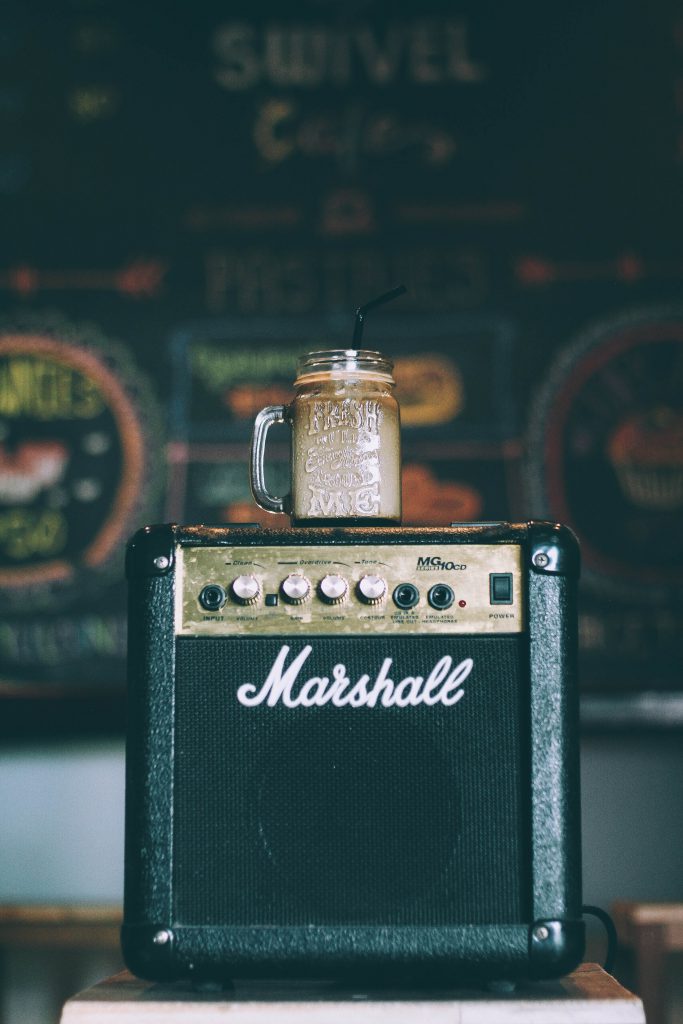About the influence of music
Music, Maestro! The human body at birth is more than 60 percent water, and the percentage of water in our bodies remains high throughout life (depending upon weight and body type). The earth’s surface is more than 60 percent water as well. This means that -if music does influence water- it also affects us. A first breath taking experiment about the influence of music to water and cells was done by Dr. Masaru Emoto.
This video gives us a clue on Dr. Emoto’s experiments.
[youtube https://www.youtube.com/watch?v=tAvzsjcBtx8&w=420&h=315]
And now we have seen before our eyes that water is far from inanimate, but is actually alive and responsive to our every thought and emotion. Perhaps, having seen this, we can begin to really understand the awesome power that we possess, through choosing our thoughts and intentions, to heal ourselves and the earth.
In the workshops offered by Hercules Academy, we also combine mindfulness and food to check out our preferred tastes and stop emotional eating. But music has the power to do much more.
Whether we find something nice or not is determined by many factors. Not only the taste, but also the smell, mouth feel, the temperature and the view have an influence. New research suggests that music plays a role in how something tastes. Researchers from the Netherlands, Belgium and the UK investigated the impact that music has on the taste evaluation of beer.
For this, 340 volunteers were subjected to a taste test. Participants tasted the same beer twice but with different music (1). A separate group reviewed the beer without music. The participants did not know that they tasted the same beer. They were asked to indicate on a point scale how sweet, bitter or sour the beer tasted according to them. They were also asked whether the beer according to them contained much or little alcohol. The taste tests were conducted in a neutral environment with as little as possible influencing factors. When participants listened while tasting beer to music with high tones (upbeat music they found enjoyable), the beer tasted sweeter than when they listened to music with sharp tones and lots of bass. The music with heavy bass made the participants estimate the alcohol content higher and the beer tasted more bitter (2).
How should we interpret this news? Hearing happy music makes beer taste sweeter. Music, Maestro!
In another experiment with chocolate ice cream they came to the same conclusion. The ice cream tasted sweeter when participants were listening to pleasant music (3).
According to the researchers, the statement that there is an interaction between the positive feelings generated by hearing cheerful, pleasant music and the taste sensation in the brains. However, more brain research during such experiments are needed to prove this.
To what extent the results are also useful in our daily life remains a question mark. There are so many factors that have an influence on the taste experience that it is not clear to what extent to music may make the difference. For restaurateurs it may sound in the ears like music. It offers opportunities to enhance the taste sensation during dinner. Instead of rice pudding with brown sugar will soon rice pudding with a hint of lively music on the map.
Conclusion: Taste Sensation is very complex and is determined by many factors. Music is probably a new element that we can add to the list. Conscious eating and drinking just became a bit more complex.
But also more pleasant…. So let’s use the music in a good way to help us live our lives even more pleasant and intense.Music, Maestro!
Sources:
(1) http://sonicseasoningbeer.tumblr.com/
(2) Carvalho, F. R., Wang, Q. J., Van Ee, R., & Spence, C. (2016). The influence of soundscapes on the perception and evaluation of beers. Food Quality and Preference, 52, 32-41.
(3) Kantono, K., Hamid, N., Shepherd, D., Yoo, (JY)M., Grazioli, G., & Carr, T. B.(2016). Listening to music can influence hedonic and sensory perceptions of gelati. Appetite. http://dx.doi.org/10.1016/j.appet.2016.02.143.
